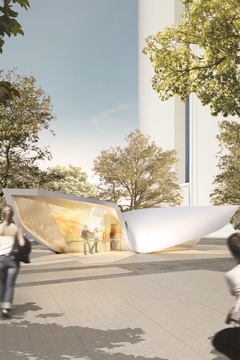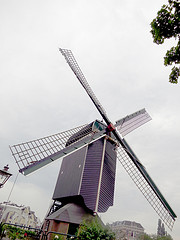
Dutch comedian Arjen Lubach, known for his comedy show Zondag met Lubach (‘Sunday with Lubach’), was a guest on the Seth Meyers show in New York City last night.
In a good game of Zoek de Nederlander (‘Find the Dutch person’), Lubach has been getting more and more international attention with his punchy, satirical videos, which are very much compatible with American-style humour, such as the ‘American First, Netherlands Second’ video, voiced by Amsterdam-based American-Dutch comedian Greg Shapiro, who in turn did the rounds himself on Dutch talk shows after the video went viral back in January 2017. Oh, and Lubach also did that hilarious video about the NRA (Nonsencal Rifle Addiction).
Why Seth Meyers? Seth Meyers was based in Amsterdam at Boom Chicago back in the 1990s where Shapiro was also a regular. This also goes for Amber Ruffin, an American writer for Seth Meyers, a comedian in her own right and a Boom Chicago member at one point.
Name dropping aside, there’s no legal video to be shared about it yet, but Dutch news site nu.nl has a nice clip of it. I know how we all get excited when someone speaks Dutch on telly in the US.
(Link: parool.nl)

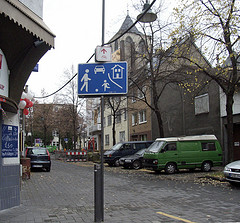
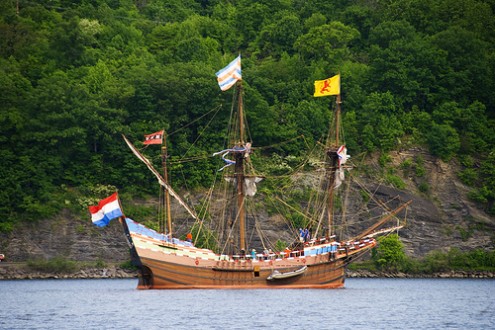
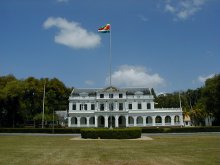 A reporter from Surinam daily De Ware Tijd has discovered that the document in which former Queen Juliana recognised the independence of Surinam in 1975 has been lost.
A reporter from Surinam daily De Ware Tijd has discovered that the document in which former Queen Juliana recognised the independence of Surinam in 1975 has been lost. 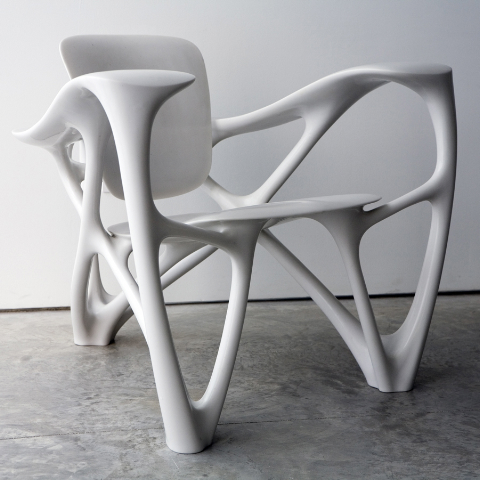
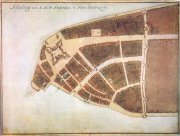
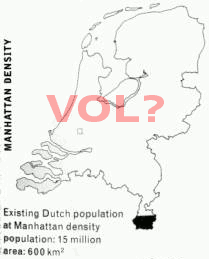 With 16 million people occupying a mere 14,526 square kilometres, the Netherlands is considered a densely populated country. For world-famous architect Rem Koolhaas that isn’t dense enough though. He imagined what the country would look like if the Dutch population density was that of Manhattan (shown here) or Los Angeles.
With 16 million people occupying a mere 14,526 square kilometres, the Netherlands is considered a densely populated country. For world-famous architect Rem Koolhaas that isn’t dense enough though. He imagined what the country would look like if the Dutch population density was that of Manhattan (shown here) or Los Angeles.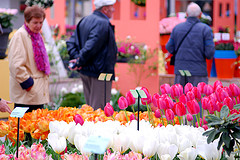 The Keukenhof flower exhibition, what Wikipedia calls “
The Keukenhof flower exhibition, what Wikipedia calls “